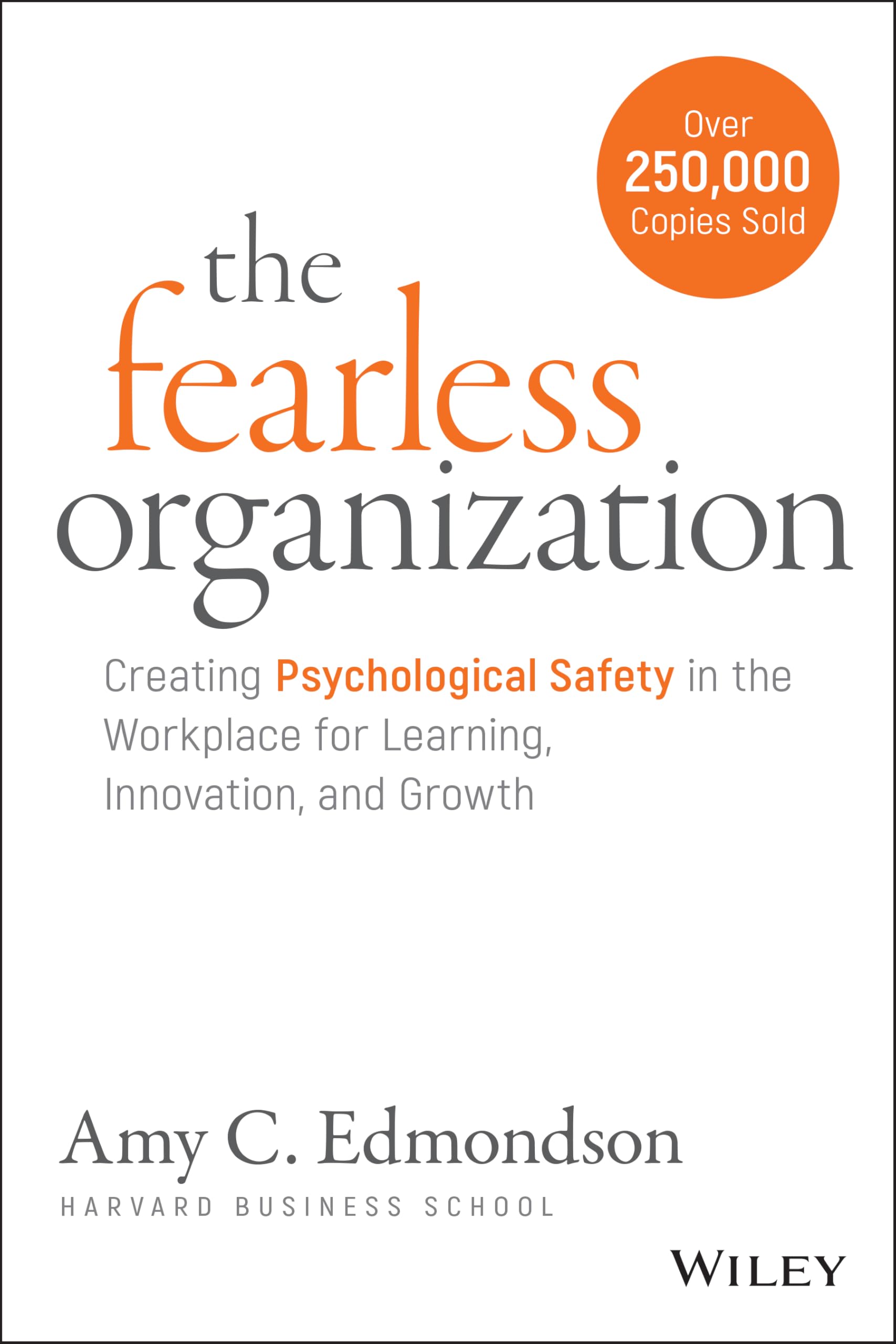Customer Services
Copyright © 2025 Desertcart Holdings Limited
Desert Online General Trading LLC
Dubai, United Arab Emirates



The Fearless Organization: Creating Psychological Safety in the Workplace for Learning, Innovation, and Growth


Trustpilot
1 month ago
2 weeks ago